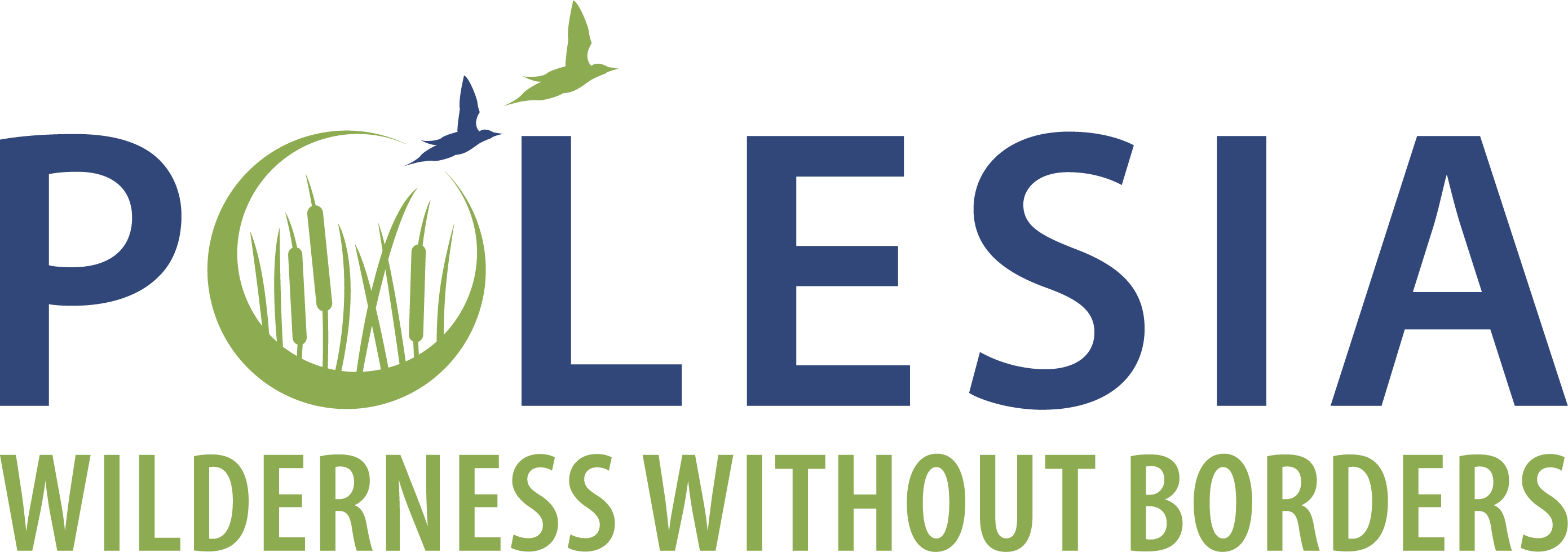Protecting one of Europe’s largest natural landscapes
Nowadays, Polesia is a haven for migrating birds and large mammals that are rare, or even extinct, in other parts of Europe. This natural paradise, however, is facing many threats. That’s why our partnership aims to halt further destruction to Polesia and to safeguard its diverse fauna and flora. Our main activities include:
Research and monitoring
We identify high conservation value forests (HCVF) in the core area of Polesia. Using species distribution modelling, we also identify priority areas and gaps in the ecological network that could provide corridors between protected areas . We conduct surveys of birds, bats, butterflies, fish, and dragonflies in different seasons to document and model the size and composition of these groups. The data collected will be used in the future to support the expansion of protected areas. We also monitor species like elk, wolf, and lynx that migrate through the vast lands of Polesia.Learn more about the published papers prepared as part of our project.
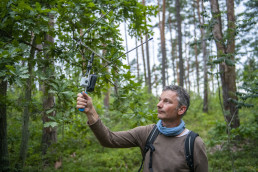
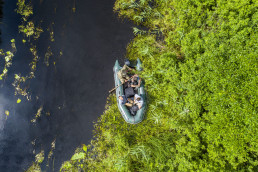
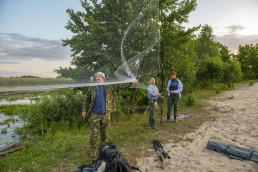
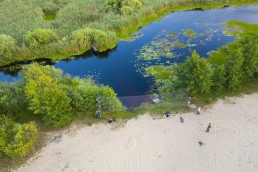
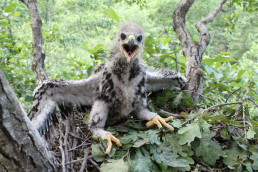
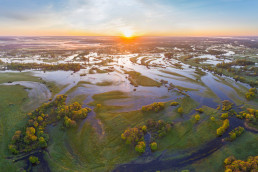
Expanding protected areas and creating new ones
We protect biodiversity and re-establish connectivity between areas for migrating wildlife. This is achieved through the establishment of new protected areas or through the enlargement of existing ones, on 100,000 hectares of currently unprotected wilderness. We also work on the preparation of documents that are necessary for nominating the core area of Polesia for recognition as a UNESCO World Heritage Site and Biosphere Reserve.
Improving protected area management
We improve protected area management, and support further development of the areas, by developing or reviewing existing protected area management plans, providing equipment to new and expanded protected areas, and building capacity for protected area staff and local decision makers through a broader information, training, and capacity building programme.
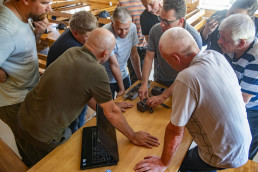
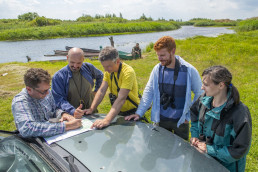
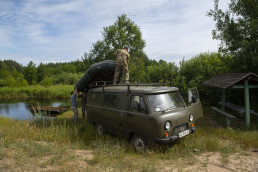
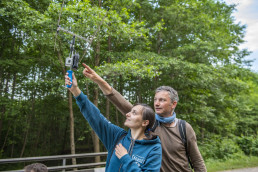
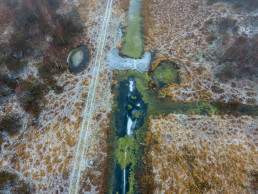
Restoring landscapes
We are currently restoring over 6,000 hectares of mires and floodplains that were drained at the beginning of the last century. This drainage led to the destruction of unique habitats, like mires and marshes, that were some of the rarest of the lowland European landscape. Through restoring these wetlands we also restore the hydrological and ecological functioning of these habitats.
Raising awareness
We increase awareness and knowledge of Polesia among the local population, resulting in active support towards the conservation of the area. We support local volunteer groups, increase local engagement, and reach out to schools and communities to promote nature and protected areas.
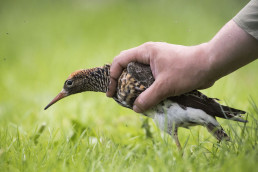
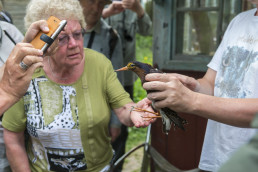
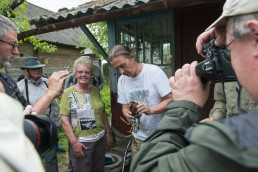


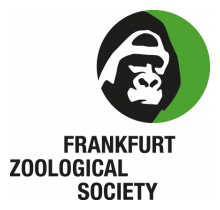
The project “Polesia – Wilderness Without Borders” is part of the Endangered Landscapes & Seascapes Programme and is funded by Arcadia. The project is coordinated by Frankfurt Zoological Society (FZS).
This post is also available in UKR.
